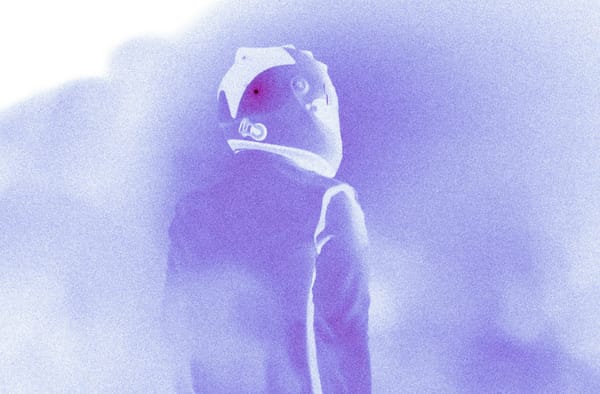Allostasis - how your body adapts
how does your body adapt to stress

Evolution through growth brought us from being a sea faring fish to our ancestors, the chimpanzee, to being the present-day human.
But what was the underlying process that got us here?
In other words, how did our body adapt or change when tasked to do something it could not do, which resulted in growth?
One of the fundamental principles that helped is called allostasis. I want to distinguish between homeostasis and allostasis, both of which drive human function, to make what I am saying more explicit.
Homeostasis is the desire of the body to remain in equilibrium. Your body, therefore, goes to great lengths to bring your body back to balance.
Body temperature is a great example. You will shiver or sweat to maintain temperature homeostasis.
But what if your body is pushed beyond its capacity? Such an instance would be called an allostatic load and your body would adapt to create capacity to cope with the expanded requirement.
It takes time, generations even, but imagine that your neighbourhood has only fat as the primary source of energy. Your body would then adapt to use fat efficiently. Your liver, pancreas and kidney may change as a result.
Allostosis, then, is the process by which your body adapts to a situation beyond its current capacity.
So how can you use it to your benefit?
One way is to think trans generation. Think of the skills or capacity you might want the future Singh’s or Obama’s to possess. Cultivate that capacity and make it a part of your family culture and habit. Sorry, it might not occur in your lifetime.
Slowly, though, your genes will adapt to the stress. It will take time and patience. But the fact that you and I are here, descendants of the chimpanzee is evidence of the fact that allostasis works.
How will you put it to use?
Reach out to me on twitter @rbawri Instagram @riteshbawriofficial and YouTube at www.youtube.com/breatheagain






